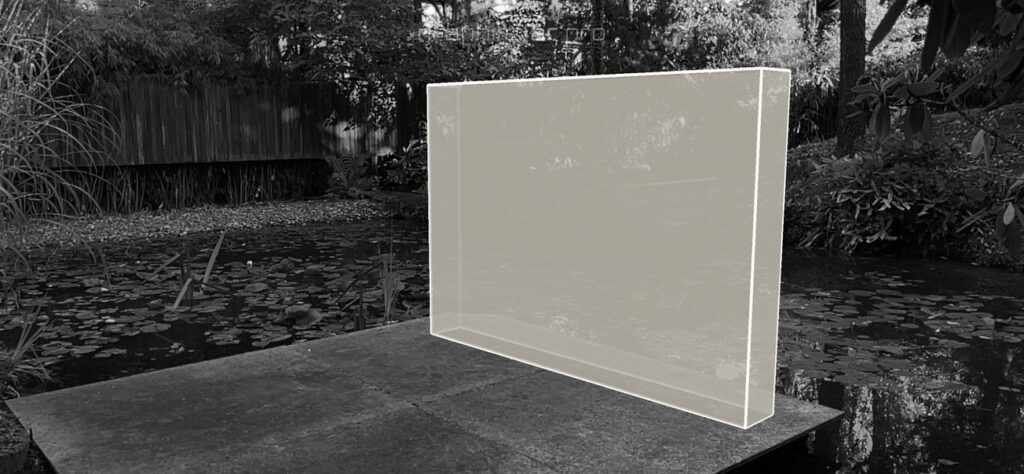Graphite, a fascinating allotrope of carbon, is primarily celebrated for its unique capability to form two-dimensional structures. This property has intrigued researchers and scholars alike, predominantly because it diverges from the conventional three-dimensional crystallography most associated with materials in nature. An exploration into why graphite prefers a planar form over a volumetric configuration reveals a series of poignant insights into molecular interactions, bonding geometries, and energy considerations.
At the heart of graphite’s structural preference are the sp2 hybridized carbon atoms. Each carbon atom forms three sigma bonds with neighboring carbon atoms in a planar arrangement. This sp2 hybridization fosters a bond angle of approximately 120 degrees, facilitating a hexagonal lattice that defines the two-dimensional nature of graphite. The conjugation of pi bonds across these planar sheets introduces a level of delocalization of electrons, bestowing electrical conductivity—a hallmark of graphite’s utility in various applications from batteries to lubricants.
However, beyond the simple chemistry lies an elaborate dance of intermolecular forces. The layers of carbon atoms, known as graphene sheets, are held together by relatively weak van der Waals forces. This interlayer interaction is pivotal; the energy required to break these interactions allows the sheets to slide over one another with ease. The metaphor of a “stack of cards” aptly describes this situation. Each card represents a graphene layer, neatly stacked while retaining individual mobility—a trait that contributes to the lubricative properties of graphite.
The stability of these 2D configurations arises from energetic considerations. In a three-dimensional structure, repulsive forces between atoms may increase due to proximity; thus, the formation of 3D structures may involve higher energy states. Graphite’s two-dimensional nature minimizes these repulsive interactions, allowing it to achieve a lower energy state that is thermodynamically favorable. In essence, graphite’s folding into a 2D realm is akin to a poet choosing the art of brevity, conveying profound meaning with fewer words.
From an architectural perspective, the two-dimensional structure of graphite offers an extraordinary platform for versatility. It provides a basis for the development of materials with enhanced properties, such as graphene, which is gained through the exfoliation of graphite. Unlike traditional three-dimensional materials, graphene exhibits remarkable strength, flexibility, and thermal conductivity. Thus, the 2D nature of graphite serves as the foundation for technological advancements—an elemental blueprint for future innovations.
Despite these advantages, the seemingly esoteric question remains: Why does graphite eschew a 3D configuration entirely? Such a query delves deep into the nature of carbon bonding itself. The inherent tendency of carbon atoms to form four covalent bonds can give rise to a plethora of structures, yet the conditions favoring 2D structures are highly specific. In scenarios laden with stress or compression, the planes of carbon atoms can rearrange to create three-dimensional forms; however, this is not the primary mode of existence for graphite. Instead, under standard conditions, the lower energy state derived from maintaining a planar configuration prevails.
Moreover, juxtaposing the two-dimensional nature with three-dimensional allotropes like diamond underscores the intrinsic differences in carbon allotropy. While diamond’s tetrahedral lattice exhibits remarkable hardness and stability, it comes at the cost of flexibility and electrical conductivity. Graphite, in turn, through its planar nature, embodies a vibrant contradiction—a malleable structure that paradoxically retains its strength. Consequently, the allure of graphite lies not merely in its physical structure but in the philosophical implications of its existence—an emblem of the complexity and diversity inherent in nature’s elemental constructs.
The implications of graphite’s 2D nature extend into the realms of nanotechnology and materials science, where its properties are harnessed for novel applications. Research is continuously exploding, exploring potential uses of 2D materials in electronic devices, sensors, and even medical applications. This evolution drives home the point that life and material properties are not merely about dimensionality but about how molecular interactions shape the functionality and versatility of materials.
In conclusion, the preference of graphite to form 2D structures rather than 3D ones is a fascinating interplay of atomic bonding, energy states, and chemical properties. The delicate yet robust arrangement of carbon atoms provides insights into complex molecular architecture, offering substantial advantages across scientific disciplines. As researchers delve deeper into the realms of this extraordinary material, one thing remains clear: graphite is not merely a conduit of carbon, but rather a testament to the beauty of simplicity and the infinite possibilities borne from two dimensions—a profound reminder that in nature, sometimes less truly is more.












